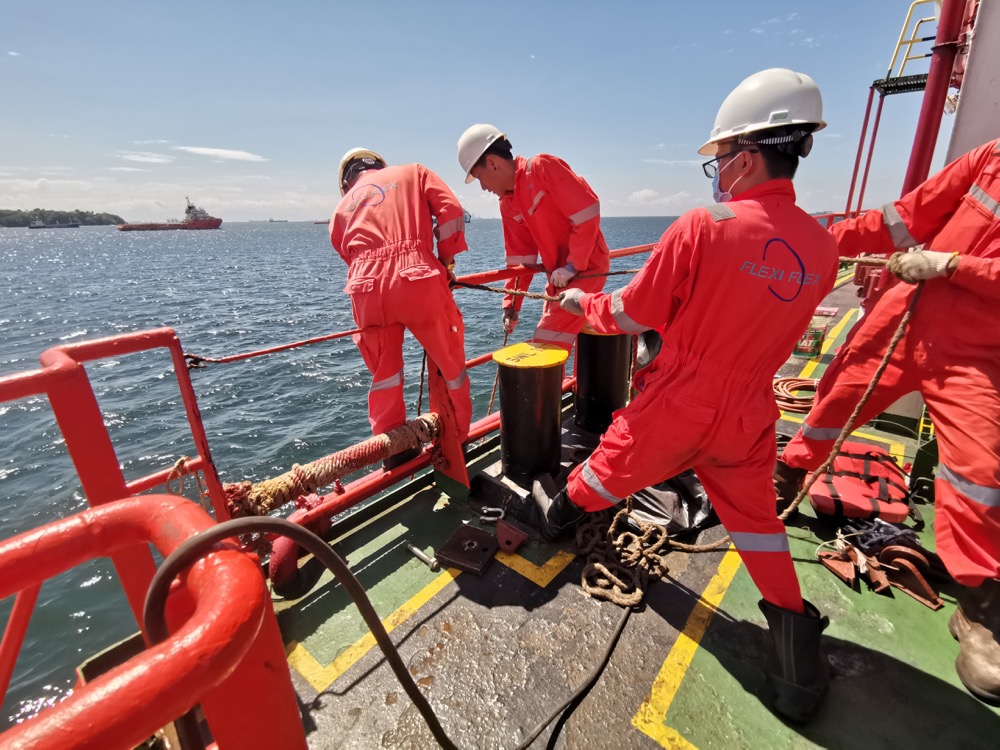Maersk and Marin explain how the TopTier project will have a positive impact on container safety
An industrywide project to boost container safety has resulted in several key recommendations for regulatory frameworks and best practices.
The winter of 2020-21 saw an unusually high number of weather-related incidents for container shipping. Triggered by these events, maritime actors across the supply chain worked together in the MARIN TopTier project to enhance container safety.
But the roots of this project were started a long time before by Marin. Marin senior project manager, performance at sea, Jos Koning says, “We’ve been looking into this topic for a lot longer than the perceived duration of TopTier. We did a large investigation into container loss at sea from 2005 until 2009, looking at vessels that were around 10,000 TEU.”
But as Mr Koning explains, ships have since increased to 24,000 TEU, so the increase in scale has been huge. “We were in discussion with Maersk, among others, to redo the project to assess if safety standards with new technologies were still up to par. This was happening even before major incidents [such as MSC Zoe, Maersk Essen, ONE Apus], took place.”
He adds, “These unfortunate incidents were the wake-up call to get the larger scale support and interest that kicked off the project.”
Even as the idea of TopTier unfolded, it was important to make clear the industry should not compete in safety and come together to solve these issues.
The project was led and managed by the research organisation specialising in maritime matters, Marin. Members came from all areas of the industry, including Kaleris, which represented suppliers. A spokesperson for Kaleris says, “The participation in this project gives Kaleris the opportunity to contribute its expertise on cargo data to a broader framework. Understanding the role of cargo data as a significant part in all the factors that contribute to safer sailing and prevention of incidents is particularly rewarding.”
Maersk was also a member and Maersk director, head naval architecture, fleet technology, fleet management and technology, Emiliano Austi was chair of the project steering group.
He explains Maersk’s key objectives when it came to taking part in the initiative, “We were looking for a level playing field around safety, so we were already doing a lot of initiatives internally. But a key objective for us was to work with other industry players to try to change the regulatory framework from outside our own company.”
The aim of the project was to identify and recommend improvements for transport, stowing and securing containers and provide technical understanding for safe designs and innovations in the future.
TopTier ran over three years and used scientific analyses, studies, real-life measurements and data collection to develop and publish specific, actionable recommendations to reduce the risk of containers lost overboard.
The project had six working groups focused on specific risks: WG1: realistic safety margins for container and lashing gear; WG2: uncertainty in stow planning and loading, communication between ship and shore; WG 3: motions of vessels at sea and onboard measurements of these motions; WG4: securing loads, behavior of stacks; WG5: crew governing role and control; WG6: regulatory reform.






